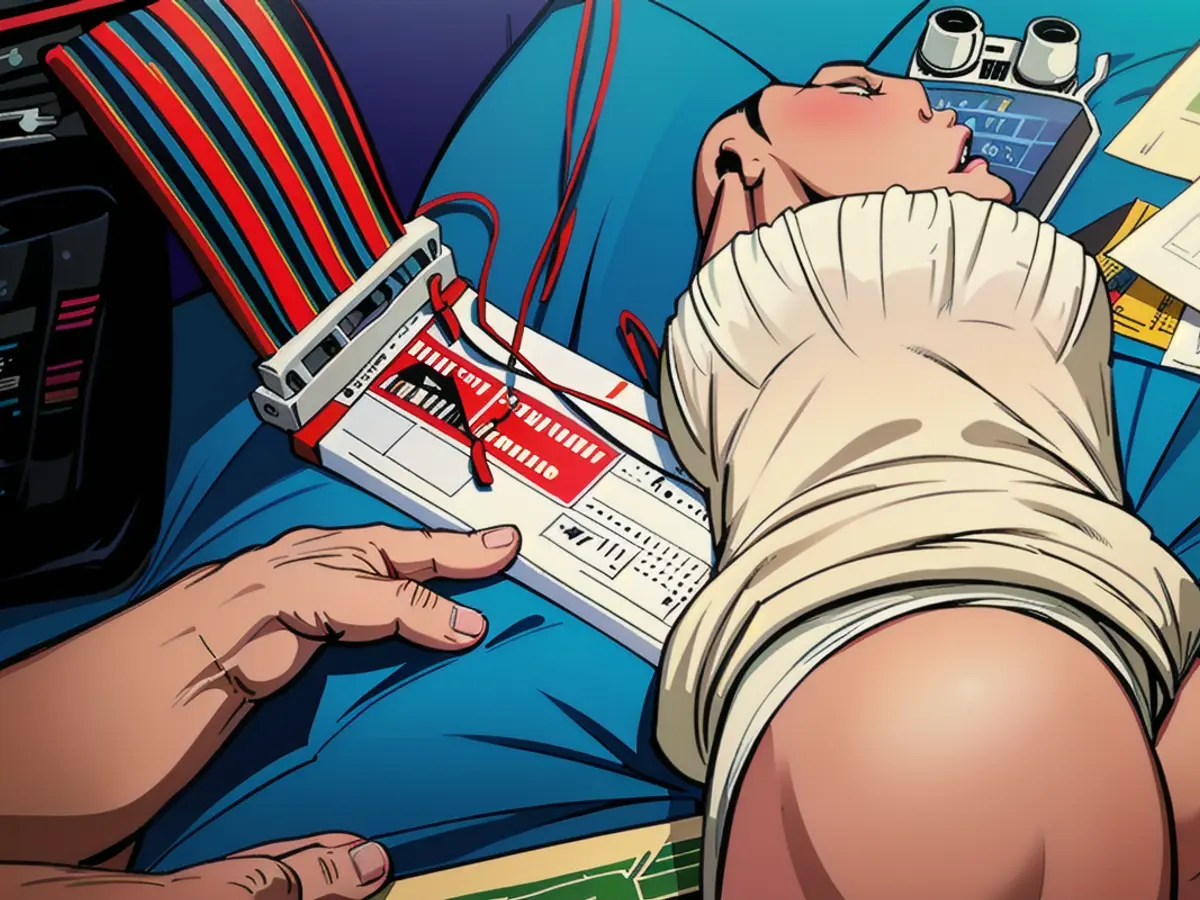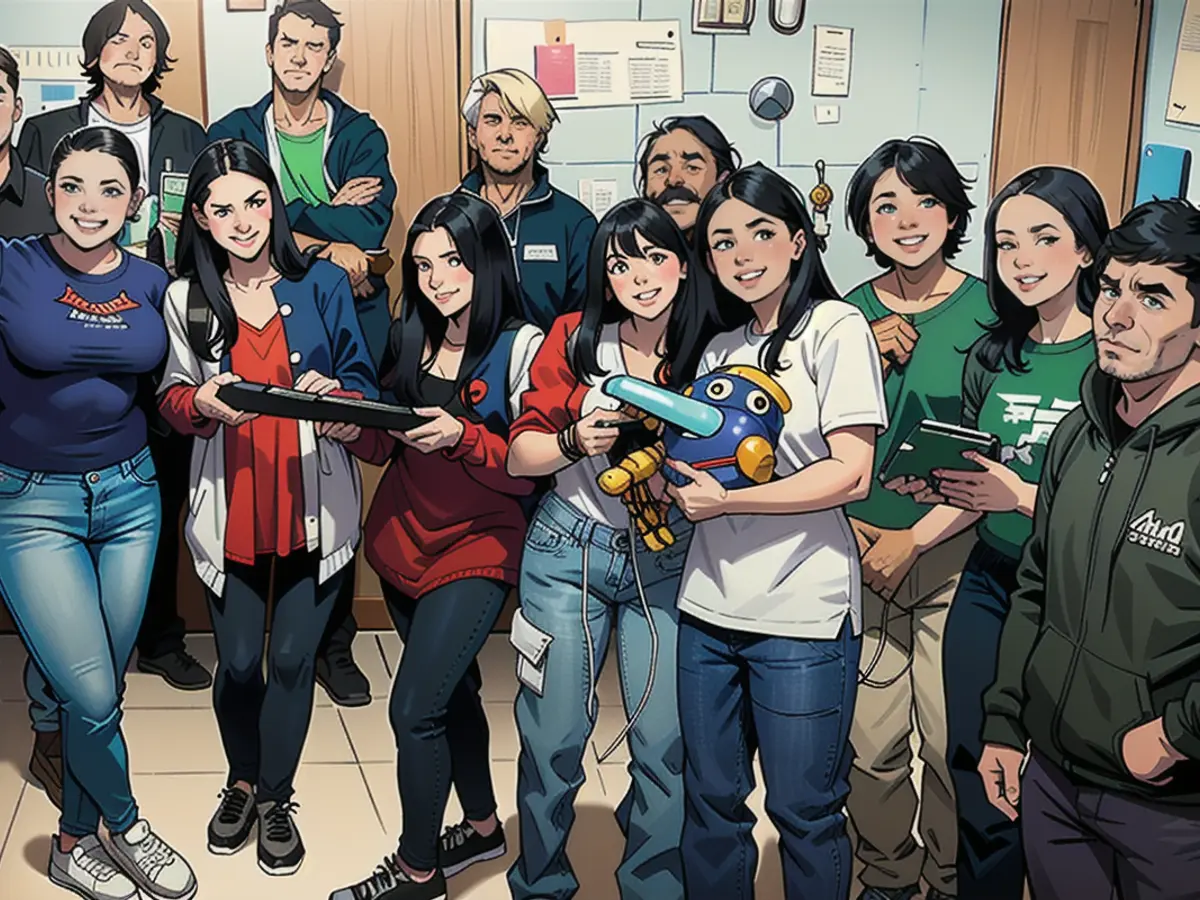Numerous high schools are restricting the adoption of artificial intelligence. These institutions are veering away from relying on AI.
But Che'w isn't your typical fluffy toy. This bot is an incredibly intelligent AI robot that speaks Mam, a Mayan language found in the highlands of Guatemala and Mexico and among the students at this school. This language, according to UNESCO, is in danger of being lost forever. The pupils hope that Che'w, their loyal companion, can play a part in keeping this tongue alive.
While some schools are restricting AI's use in the classroom, others, like Princeton High School, are embracing it fully. After all, generative AI has been making waves in the artificial intelligence sector. Developed just 18 months ago, this technology has already impressed people and experts alike. It can create all kinds of things, from entertaining content and essays to doing those tricky math problems and breaking down complex concepts. AI has begun to influence various aspects of our lives, including education.
While many are excited about AI's potential, others are wary due to a lack of understanding. Just this week, Google and OpenAI introduced their latest AI models, GPT-4, and many teachers and schools are realizing they have to address this technology in classrooms.
Dr. Joy Barnes-Johnson, who oversees PHS's science program, said they're doing their best to integrate AI as much as possible. To her, it's just another tool, like a pencil, that helps people communicate. "Towards the start of this school year, we discussed how AI is now an essential part of our world," she shared. "The aim is to help kids connect and learn, so we educators need to not be fearful but let them experience the benefits."
Exercising Caution
When ChatGPT came out in November 2022, some teachers were worried it would make cheating on school work easier. Others were concerned the chatbot could be used to spread false information.
Not long after, New York City public schools were among the first to ban ChatGPT on their networks and devices. This was soon followed by the Los Angeles Unified School District and Seattle Public Schools. Some districts have since reconsidered. For instance, the LAUSD launched "Ed" - an advisor for parents, complete with access to school test results, attendance data, and more.
Yet, many school administrators continue to weigh the pros and cons of AI's implementation. "Although there is acceptance by educators, we're cautious about it," shared Noel Candelaria, the secretary-treasurer of the National Education Association, who's actively pushing for a strong AI policy. "We're concerned about AI being introduced without educator input and the potential privacy issues."
Candelaria added, "We want to make sure that when we're using this AI, it's because educators feel like it's beneficial to them, and not something just being imposed on them." To that end, the NEA is creating a task force to deal with these hanging questions.
Exploring AI's Potential
Elsewhere, some high schools are harnessing AI's potential for good. A group of students at Stuyvesant High School in New York designed an app for the visually impaired called "Sight." It uses AI and tactile feedback to detect risks and help people navigate.
Meanwhile, pupils at the STEM School Highlands Ranch in Colorado built an AI-based wildlife detection system, Project Deer, to prevent car accidents. They used infrared sensors placed on vehicles to scan the area and signal drivers when an animal's heat signature was sensed. The system could one day become regulated or integrated into more vehicles.

All these highlight the importance of considering how AI can be used to address real-world problems. It's clear that AI is here to stay, and schools need to be ready.
The administration at schools is urging teachers to collaborate in generating evaluation criteria or lesson plans, indicating Chacon to CNN. "We've been instructed to accept it and search for ways to optimize our job performance and lessen the burden on us," he stated.
Teachers are continuing to employ AI tools such as ChatGPT, Writable, Grammarly and EssayGrader to develop assignments, tests, questionnaires, movies, and interactivities for instruction. Furthermore, some educators are even resorting to AI tools and platforms for grading papers and providing feedback, which has sparked moral concerns.
Preserving a Language, Forecasting the Future
Despite the ongoing discussion about incorporating AI into teaching, several educators and school administrators are convinced that it's the path to the future.
At Princeton High, a team of nearly 14 pupils would meet during school hours for months to develop Che'w's conversational skills, derived from artificial intelligence neural networks capable of identifying patterns, addressing issues, and comprehending spoken and written language.
Che'w, which is Mam for "star," was trained by the students to understand the language so it could function as a tutor. The robot is also equipped to speak Spanish and English.
According to Mark Eastburn, science, research, and engineering educator at Princeton High School, "It doesn't become annoyed or weary of conversing with them." "It's bringing AI off the screen and making it seem more like a friend who can help you with whatever you need."
This year, the pupils finished third in Samsung's Solve For Tomorrow contest.
AI has now permeated students' lives, Eastburn remarked.
"And it will be there when they're in college and also in their careers," he continued, "so they may as well learn to employ it correctly in high school, if not even earlier."

Read also:
- Telefónica targets market launch for hologram telephony
- vzbv: Internet companies continue to cheat despite ban
- Telefónica targets market launch for hologram telephony in 2026
- AI and climate in schools: how to keep lessons up to date
In contrast to some institutions restricting AI in education, other schools like Princeton High are embracing it, recognizing its potential in the tech sector and its ability to generate content and break down complex concepts.
Amidst the discussion about AI integration in teaching, many educators and school administrators view it as the future, believing that students should learn to use AI effectively from high school, if not earlier.
Source: edition.cnn.com








